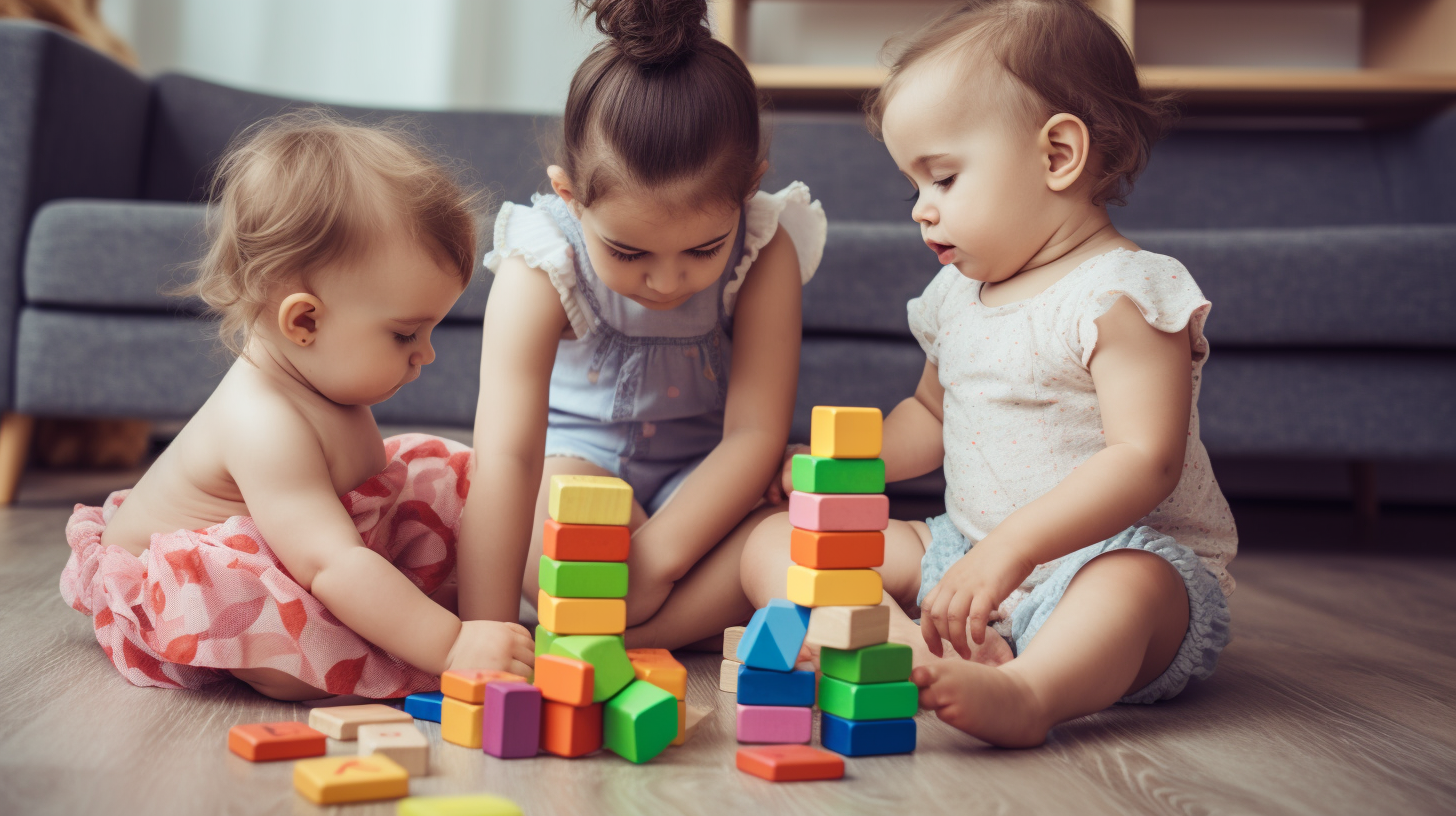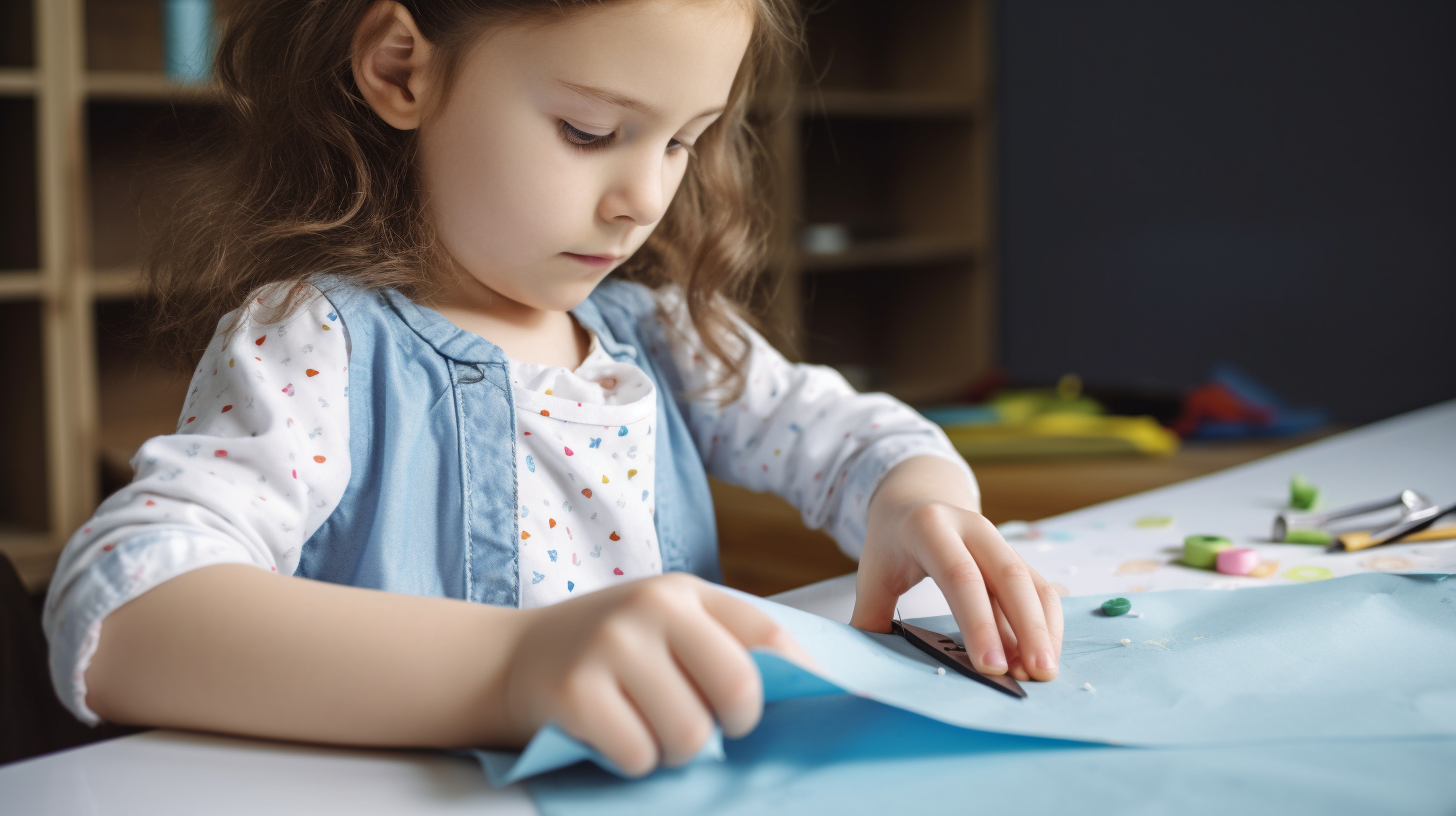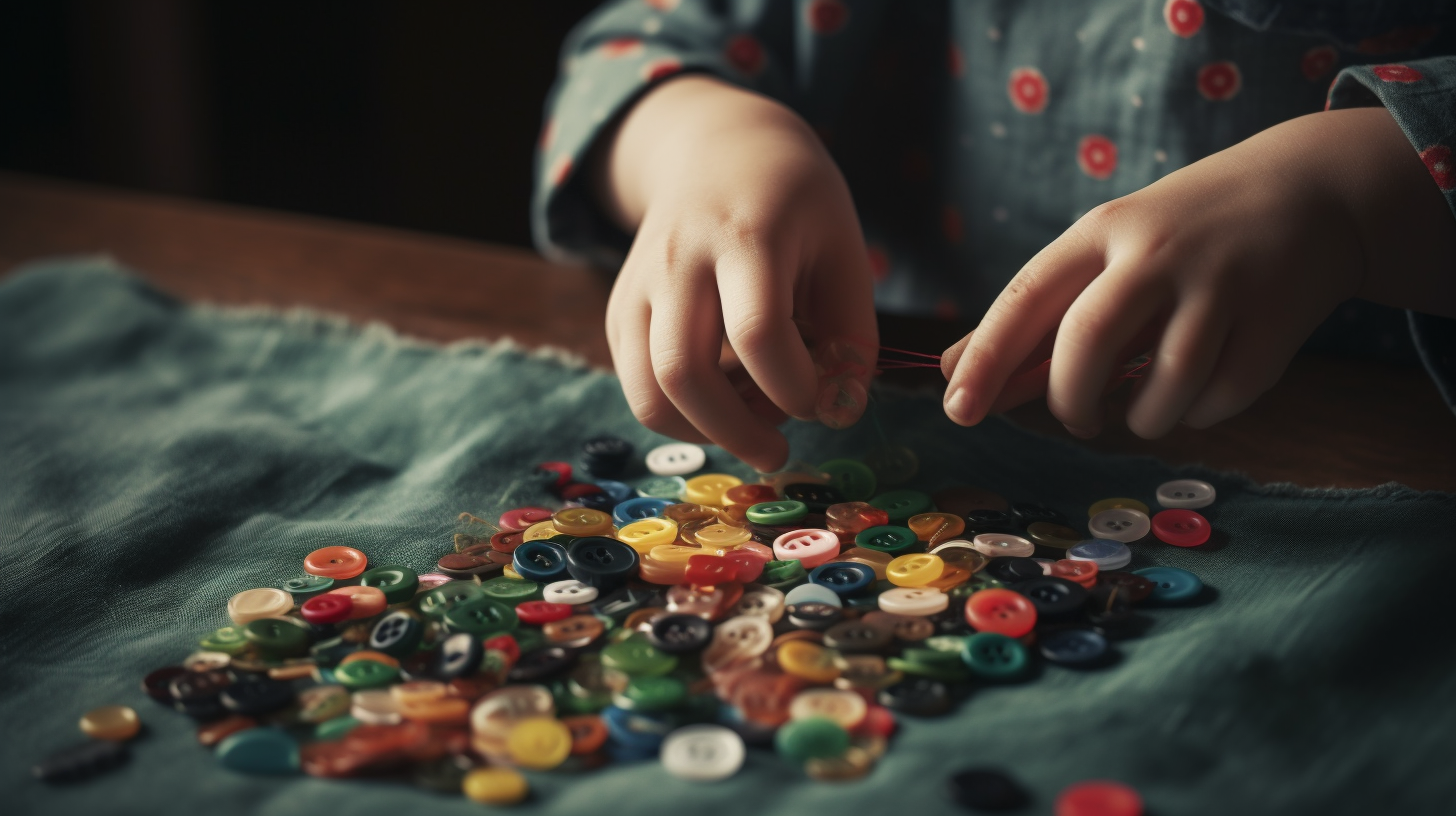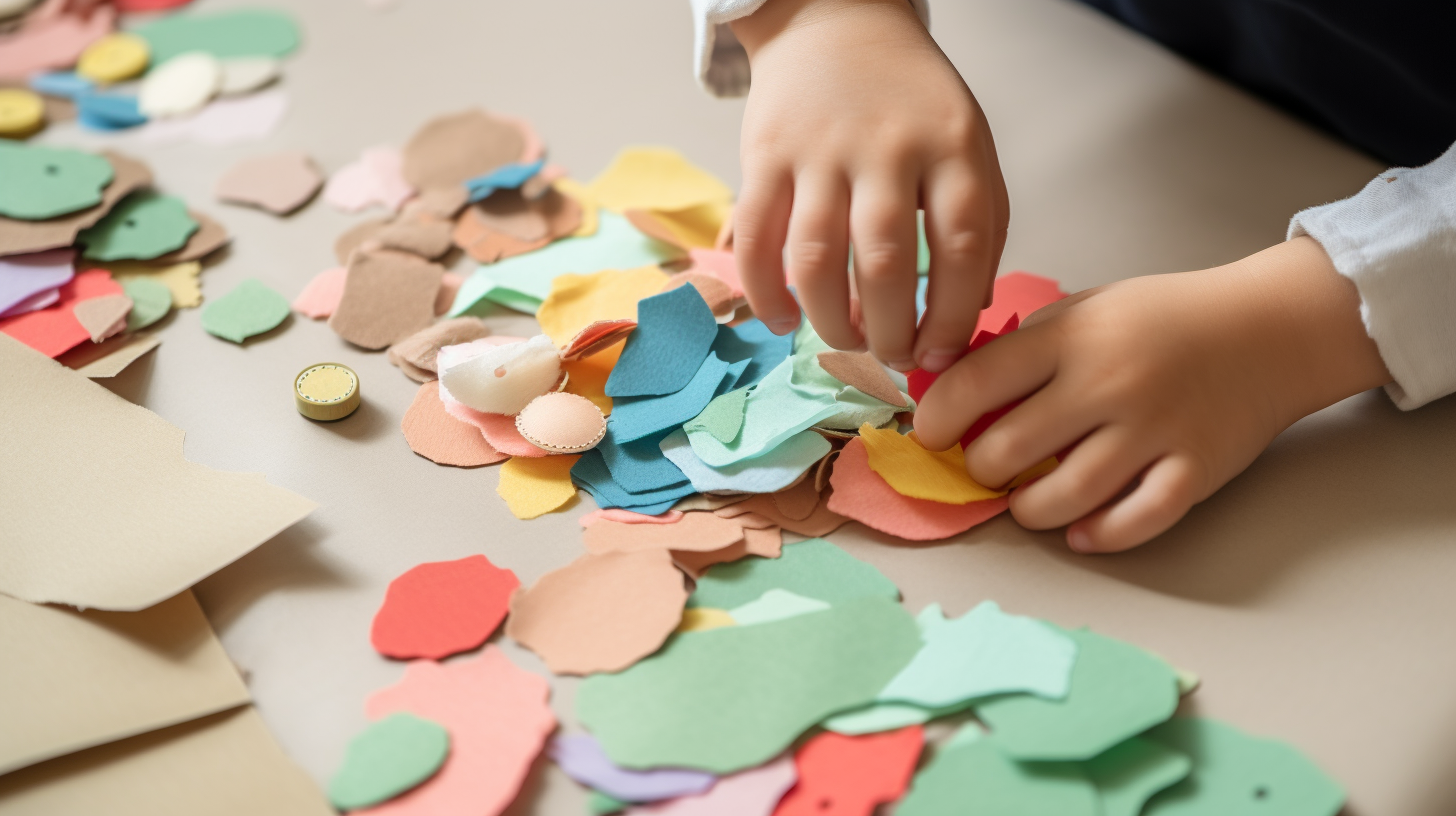Hands-on activities are a great way to meet the learning needs of different age groups. Through hands-on activities, students can engage with material in an active learning environment, and strengthen their understanding of the material. Depending on the age group you are working with, the types of activities that you can incorporate can range from simple experiments and demonstrations to more complex projects. For younger children, activities could focus on exploring their environment and incorporating art, music, and storytelling. For older children and teens, more complex explorations involving coding, robotics, or scientific synthesis can be beneficial. As you plan these activities, consider the cognitive abilities and interests of the age group you are working with, and tailor them to the individual learners.

Definition of hands-on activities
Hands-on activities involve getting children or other participants involved in physical, creative, or experiential activities. The activities engage learners’ eyes, ears, and hands in meaningful activities that help to reinforce the lesson being taught. For different age groups, these activities could involve creating art, building with blocks, performing experiments with the five senses, manipulating objects to solve problems, participating in role-playing, or engaging in physical activities. Such activities can be tailored to any age group and should be designed to target specific learning objectives. Hands-on activities may require additional planning to ensure the appropriate materials and resources are available, but the results can be immensely rewarding for all participants.
Overview of benefits of hands-on activities
Hands-on activities offer a variety of benefits for children of different ages, which include:
• Encouraging creativity and divergent thinking by allowing children to explore and interact with materials in experiential ways
• Strengthening problem-solving skills by fostering the opportunity to engage in material manipulation and investigate new ways to do something
• Developing language and literacy skills such as pronunciation, vocabulary, and reading through interactive experiences
• Boosting memory, as research indicates that hands-on activities are a great recall tool for kids
• Enhancing fine motor skills through repetitive practice and higher levels of independent skill mastery
• Promoting inquiry by allowing children to ask questions, make observations, and develop their own discoveries
• Fostering social and emotional growth, as children can work together to encounter challenges and develop new strategies for problem solving
There are a variety of hands-on activities that can be tailored for different age groups. For example, younger children may benefit from activities such as creating with play-doh, exploring mathematical concepts with counting blocks, or reading and identifying simple words with magnetic letters. Older children may gain from engineering activities such as building a bridge, model making, or collecting data for experiments. Activities can also be tailored to a child’s particular interests such as constructing a castle for a history project or exploring plants and animals in the outdoors. Additionally, activities can be adapted to accommodate the objects and materials available at home or in the classroom, as well as the specific learning objectives for a particular subject or theme. Integrating hands-on activities that align with a child’s interests, abilities, and the resources available can enhance engagement, creativity, and critical thinking skills.
Moreover, collaboration among peers, guidance from educators, and even involvement of family members can further enrich these activities. It provides opportunities for social interaction, cooperative learning, and mentoring. By creating a learning experience that is interactive, context-rich, and relevant to the real world, hands-on activities can be an essential component of a balanced educational approach that caters to diverse learning styles and promotes lifelong learning.

Understanding Age Differences
When planning hands-on activities for different age groups it is important to keep in mind how age differences can affect a person’s ability to understand, interpret, and respond to the activity. Different age groups typically have different developmental stages that can influence how a person perceives and responds to hands-on activities. Generally, younger children require more preparation and guidance when engaging in activities, while older children and adults are more likely to require less structure and guidance.
For younger children (ages 0-5), it is important to consider the types of materials used in activities so that they are appropriate for the age, as well as offering some structure to the activity. When engaging with this age group, it is important to focus on activities that are sensory-based, allowing children to explore and experiment with their environment. The use of props such as figures, blocks and manipulative toys can help younger children to promote their development through play-based learning.
For older children (ages 6-12), it is important to provide activities that involve problem-solving, creativity, and collaboration. Activities should be more challenging and structured than those for younger children, but should still be developmentally appropriate and engaging. Preparing material or worksheets that provide structure to the activity can also help older children to stay focused and on track.
For adults (ages 18+), activities should be designed with a specific purpose or goal in mind. For example, activities can involve
How to adjust activities for younger kids
Hands-on activities for different age groups can be adjusted by adapting the length and complexity of the activity as well as the expected results. For younger kids, activities should be kept short and simple, and should allow for plenty of exploration and discovery. Activities should also be tailored to the age, interests, and abilities of the children. Here are some examples:
For very young kids:
-Building block towers
-Playing in a sand pit
-Painting with finger paints
-Crafting projects using paper, glue, and other simple items
-Playing dress-up
-Playing simple board games
For older kids:
-Building structures with Legos
-Weaving with textiles
-Exploring nature with scavenger hunts
-Engineering projects such as building a bridge or a boat
-Exploring electrical circuits with snap circuits
-Creating interactive stories

How to adjust activities for older kids
Hands-on activities can be adapted to suit different age groups by focusing on the development of their skills and offering age-appropriate tasks. For older children, more complex activities should be used. This includes activities such as:
1. Problem-solving activities which involve them working together, using critical thinking skills to figure out solutions to problems.
2. Science experiments that focus on the use of technology, engineering and math-related concepts that help them apply their knowledge in a more practical way.
3. Arts and crafts that involve more advanced techniques, such as sketching, painting and sculpting.
4. Field trips that incorporate interactive field activities and connect the concepts they learn in the classroom to real-world applications.
5. Athletic activities designed to provide challenge and beneficial physical exercise, such as team sports, obstacle courses, or outdoor activities.
6. Group projects that require collaboration, creativity, and higher-level reasoning.
Older kids may also need support to identify their own interests and explore them in a more meaningful way. Encouraging them to come up with their own ideas, research topics, and present their findings is a great way to engage their thirst for knowledge and also encourage them to take ownership of their learning process.
Strategies for Crafting Tailored Activities
1. Develop activities that promote physical activity such as obstacle courses, scavenger hunts, relay races, and other physical games.
2. For older kids, consider integrating technology into your activity by using computers, tablets, or virtual reality headsets.
3. Utilize arts and crafts projects as a way to get different age groups engaged and to develop motor skills.
4. Design activities that encourage collaboration with different age groups by teaming up younger kids and older kids together toward a common goal.
5. Incorporate activities that involve storytelling or acting to help younger age groups learn and practice basic communication skills.
6. Adapt your activities based on the age range of the participants. For example, for crowd control, younger kids can be given restrictions on distance or area while older kids can be encouraged to work together to come up with their own solutions.
7. Encourage problem-solving skills by assigning groups a challenging activity and asking them to plan their solution.
8. Incorporate hands-on activities to teach science and math concepts to older age groups.
9. Host a mini-Olympics or sporting competition to teach younger age groups basic sports skills.
10. Utilize real-world scenarios to teach older age groups how to find solutions to complex problems.

Structuring hands-on activities
Hands-on activities can be incorporated in different ways depending on the age group of the participants. For younger age groups, such activities might include creating art or collages using a variety of materials, participating in active obstacle courses, constructing models with building blocks or Legos, or experimenting with science projects like making a small garden or growing crystals. For older age groups, more complex activities could be explored using engineering kits to build machines, participate in group problem solving exercises, or form a mock business. In addition, they might explore acting and theater games, play complex board games, or participate in outdoor activities such as orienteering or rock climbing. When incorporating hands-on activities, it is important to make sure each activity is age-appropriate to ensure safety and that the material is being presented at an appropriate depth. It can also be helpful to think about the participants’ prior experiences and objectives for the activities. This ensures that they are successful and contributes to an overall positive experience.
Integrating different learning styles
Incorporating hands-on activities to reach different learning styles is an important part of any lesson plan. Different age groups and learning styles will need different activity types to engage each student in the class. Younger children often have better short-term memories, so activities that involve memory and recall, such as matching objects, sorting objects, and creating stories, will help cement information in their brains. For older children, activities that involve more physical movement, such as building a model, playing with clay, or performing an experiment, will be more stimulating. Educators should also keep in mind that often different mediation tools such as stories, puzzles, and drawings can help to cement information for children with a variety of learning styles. Educators should also make sure to offer a variety of activities, because children learn information better when they are presented with multiple ways to learn.

Inviting group collaboration
Group collaboration is an important tool in hands-on activities for different age groups. By dividing into teams and discussing different aspects of the activity or challenge, children can learn to work together, create solutions, and practice important communication and teamwork skills. Group activities can also provide opportunities to compare and contrast performances of different teams, teaching each group to learn from others. In order to incorporate group collaboration into hands on activities for different age groups, consider activities that require children to come up with creative solutions, break into smaller teams, and practice communication and collaboration while working together.
Utilizing different types of materials
Hands-on activities can be adapted for different age groups by using different types of materials. For younger children, you may want to use simpler materials such as tape, paper, glue, and other craft supplies. For older children, more complex materials could be used, such as modeling clay, wood, nails, and other building materials. You could also use items from the environment, such as leaves, rocks, and sticks. Depending on the activity, these materials can be used to build, paint, create art projects, conduct experiments, and more. By utilizing different types of materials, you can help ensure that all age groups participating in the activity are able to gain something from it.
Final Thoughts
Hands-on activities are great for all age groups, as they help engage learners in a meaningful and interactive way. Depending on the age group you are working with, you can create activities that focus on different skills like problem solving, collaboration, teamwork, and creativity. For example, at the younger age groups you can develop simple building and engineering challenges with common objects, while at the older age group you can have more in-depth challenges such as creating a prototype device. Additionally, you can introduce a fun element to each activity by allowing the learners to incorporate their ideas into the project. This can help increase motivation and foster creative thinking. By offering a variety of hands-on activities that are tailored to the age group you are working with, you can ensure that the activities are both age-appropriate and engaging.

Hands-on activities are a great way to engage children of different ages. They help develop a child’s motor skills, critical thinking, problem solving skills and much more. It’s important to create activities that are developmentally appropriate for the age group you are working with so that the activity is challenging, but not overwhelming. If you’re working with younger children, provide them with a lot of hands-on material such as Lego sets, construction paper and play-dough to help them explore their creativity and develop their fine motor skills. Middle grade children could work on projects such as building models, creating art projects out of everyday items found at home or in nature, or exploring science and technology with old appliances. For teenagers, try encouraging them to work on more challenging projects such as programming robots, creating science experiments or building digital projects. All of these activities help to engage the minds of your students and provide them with an opportunity to explore their interests.

